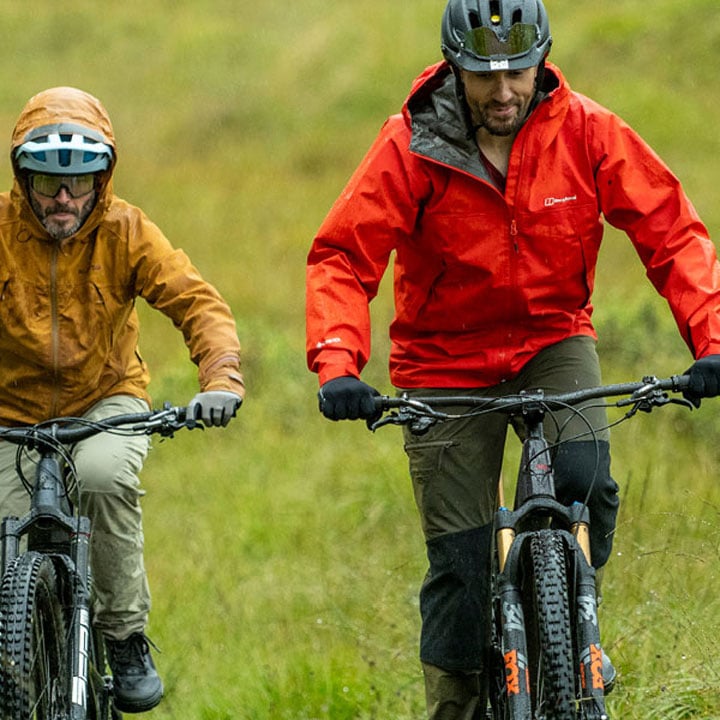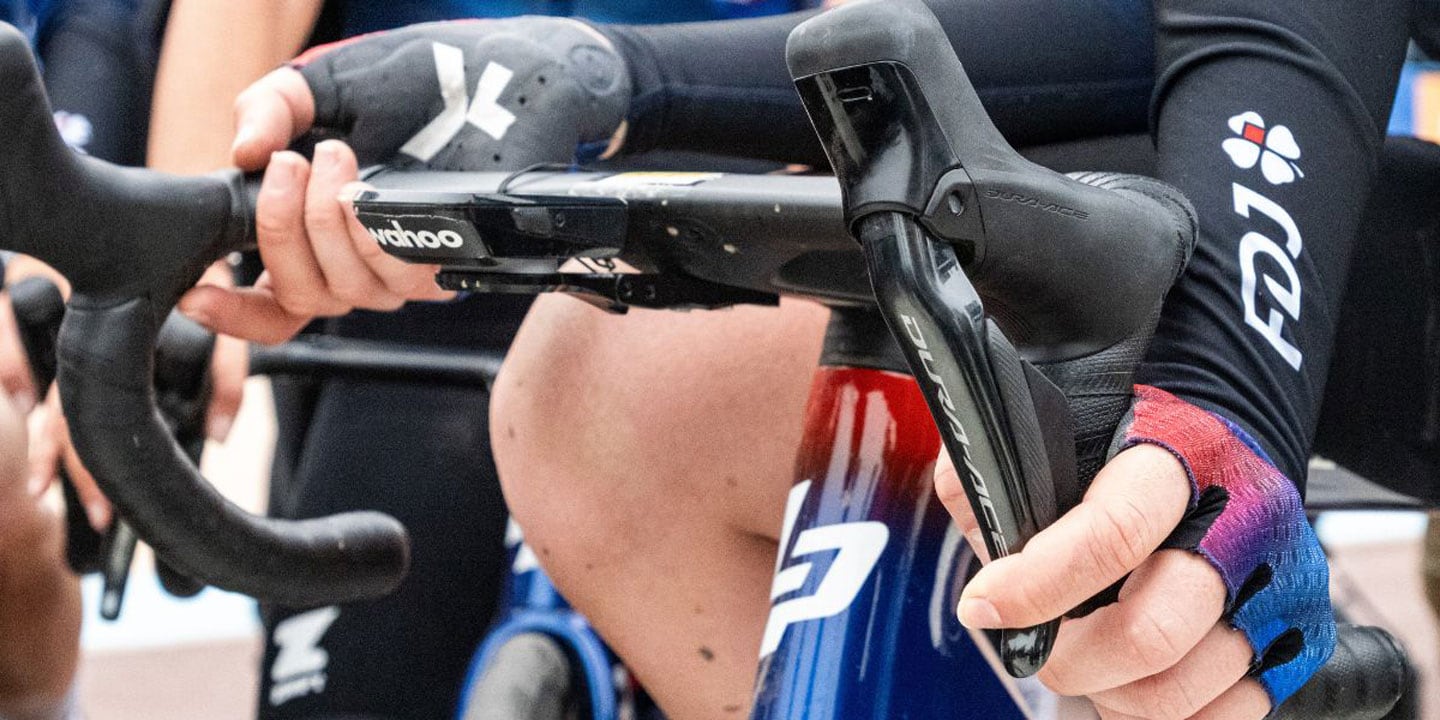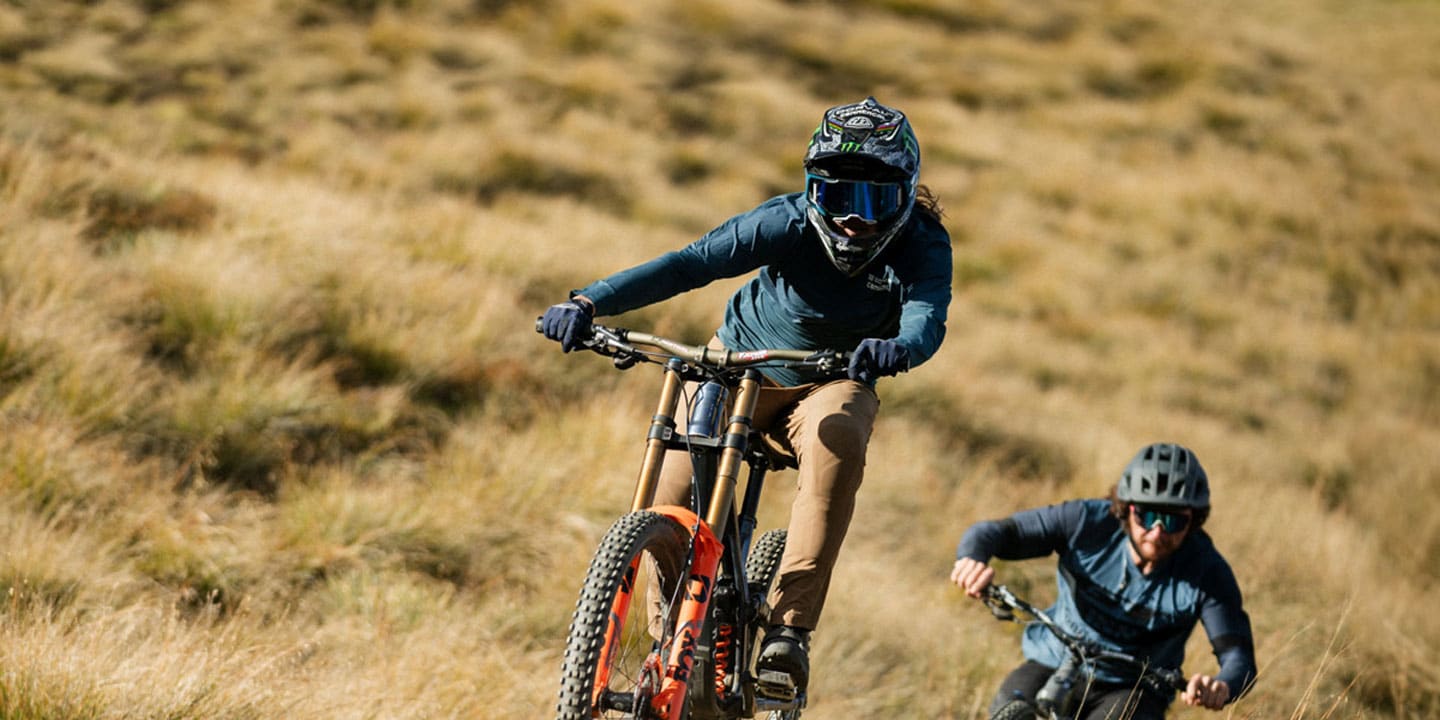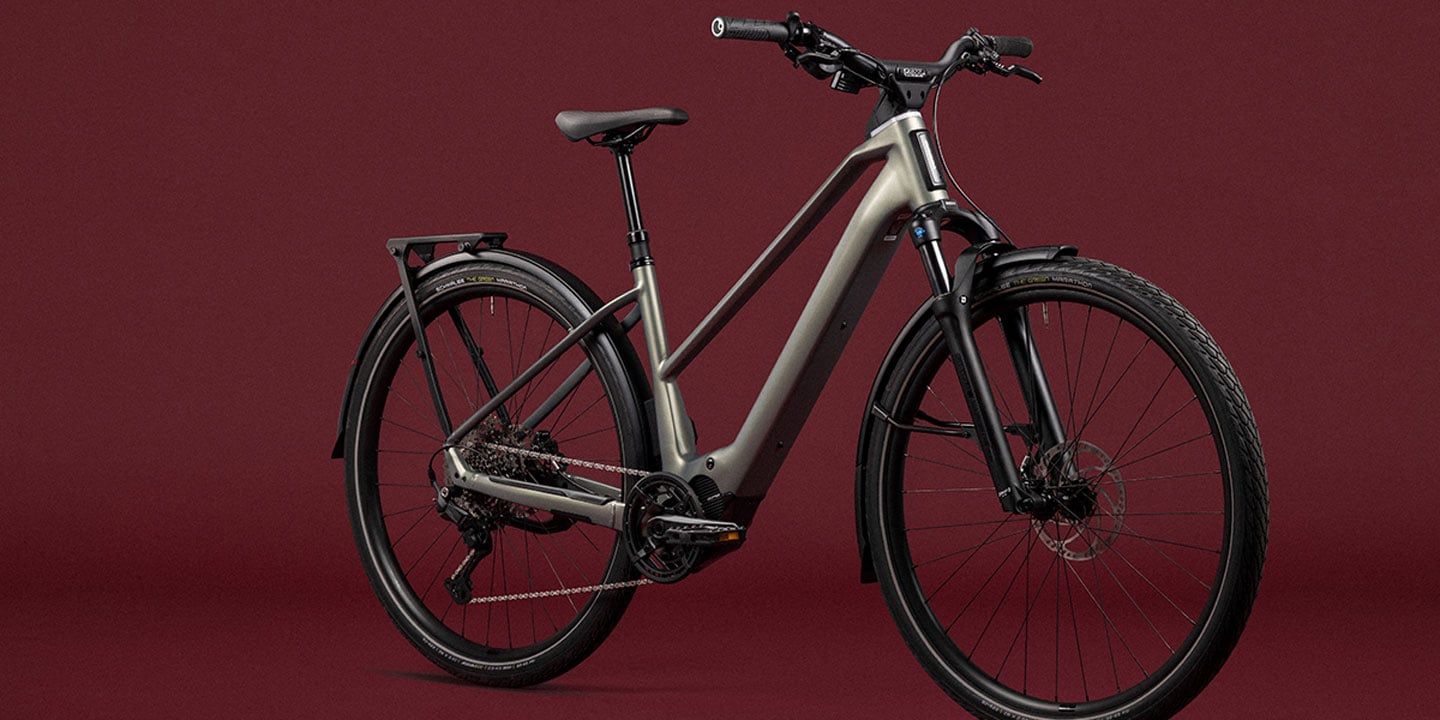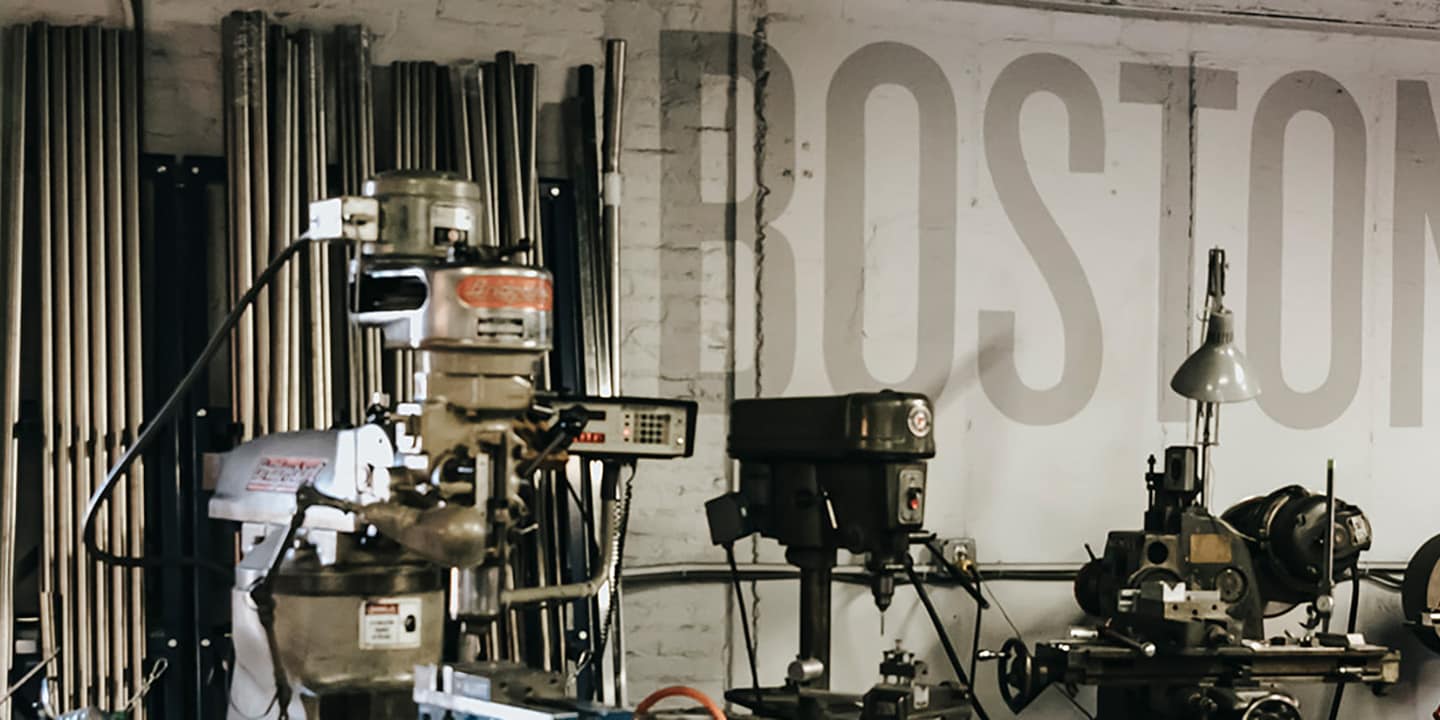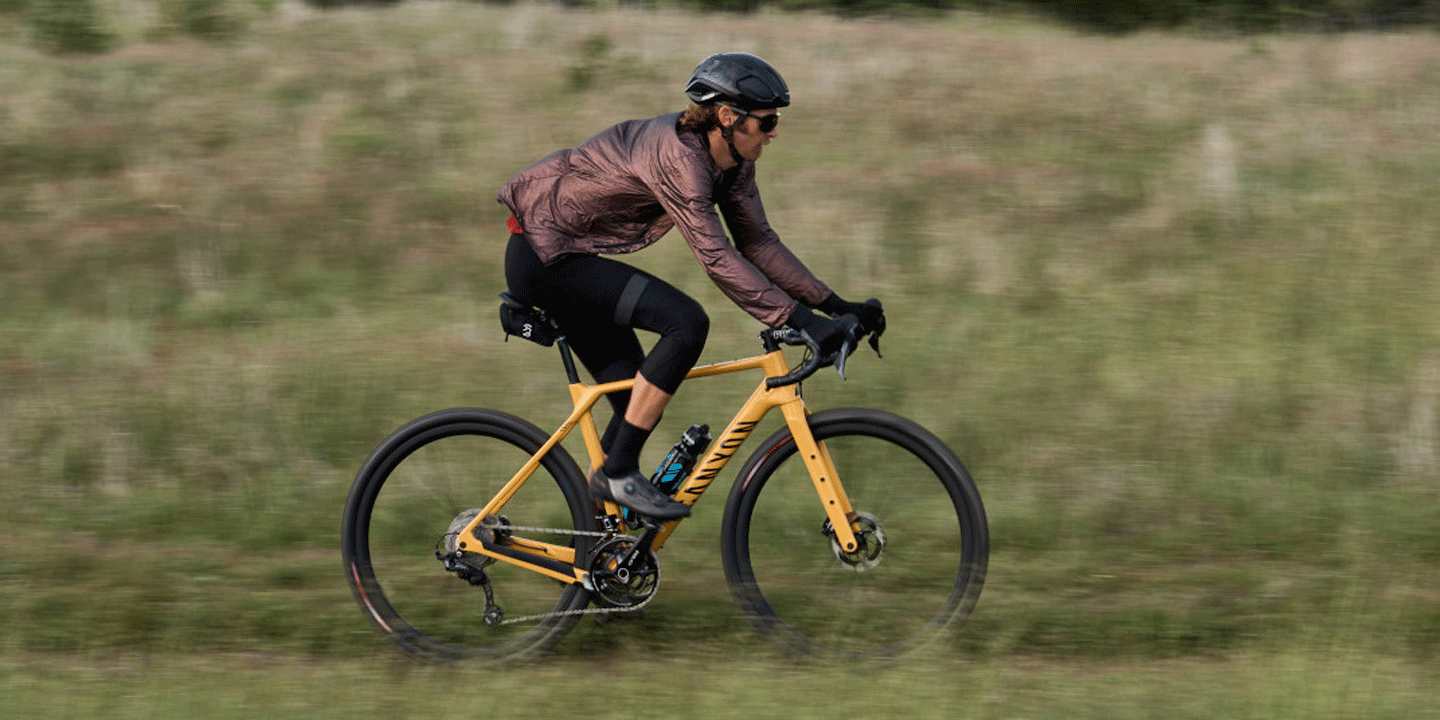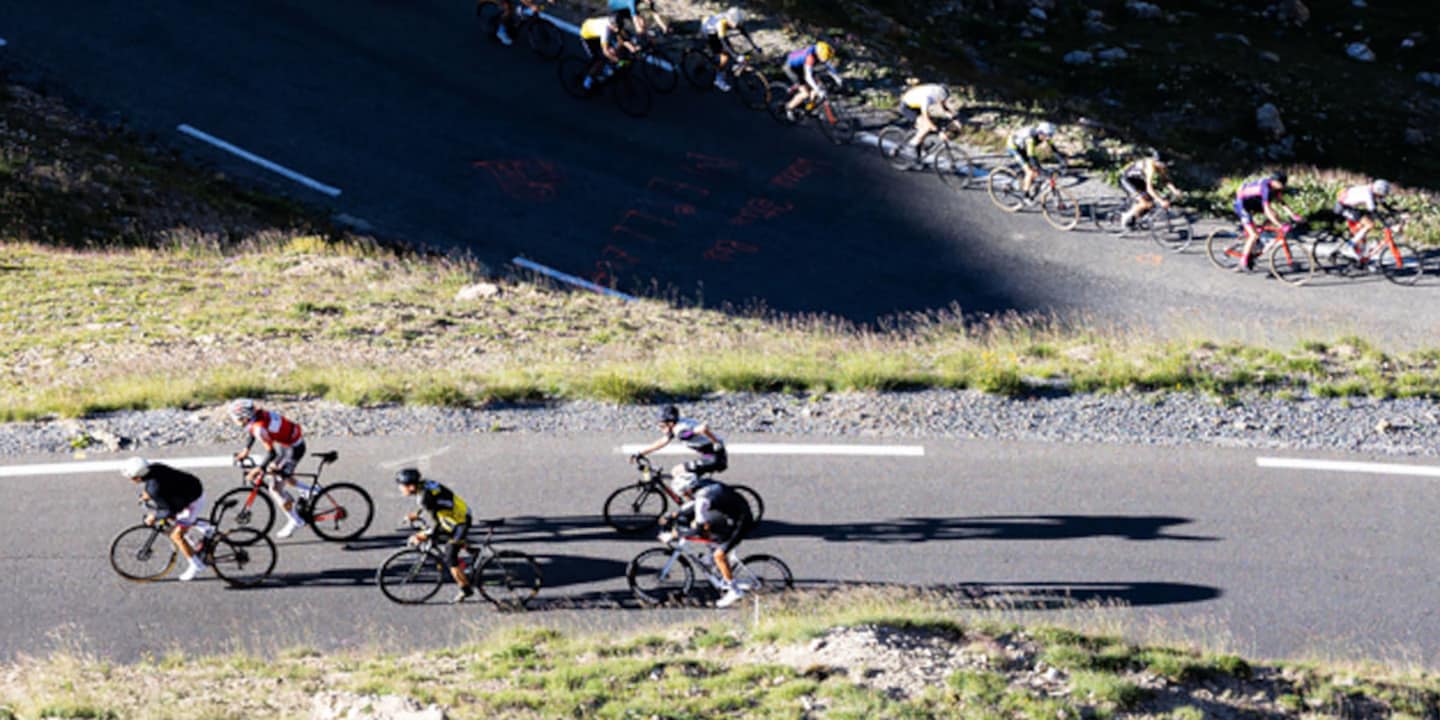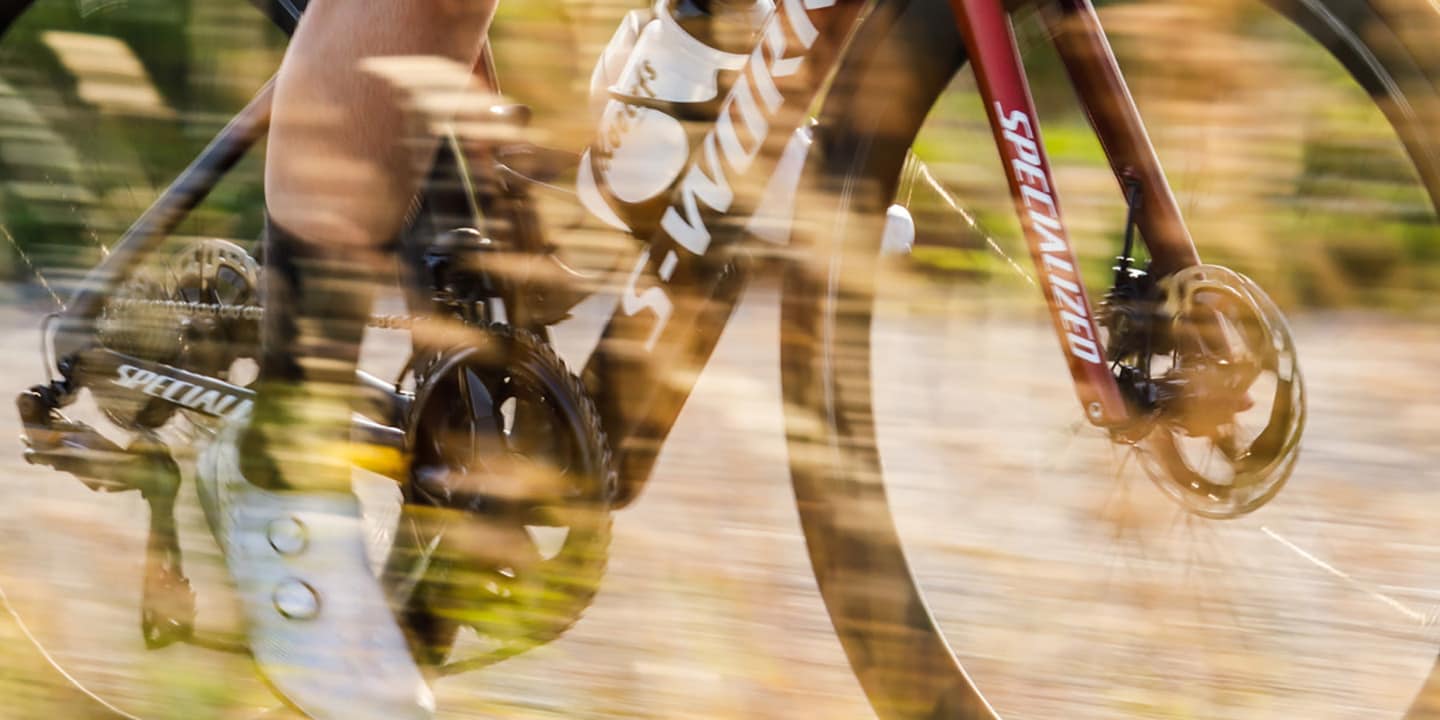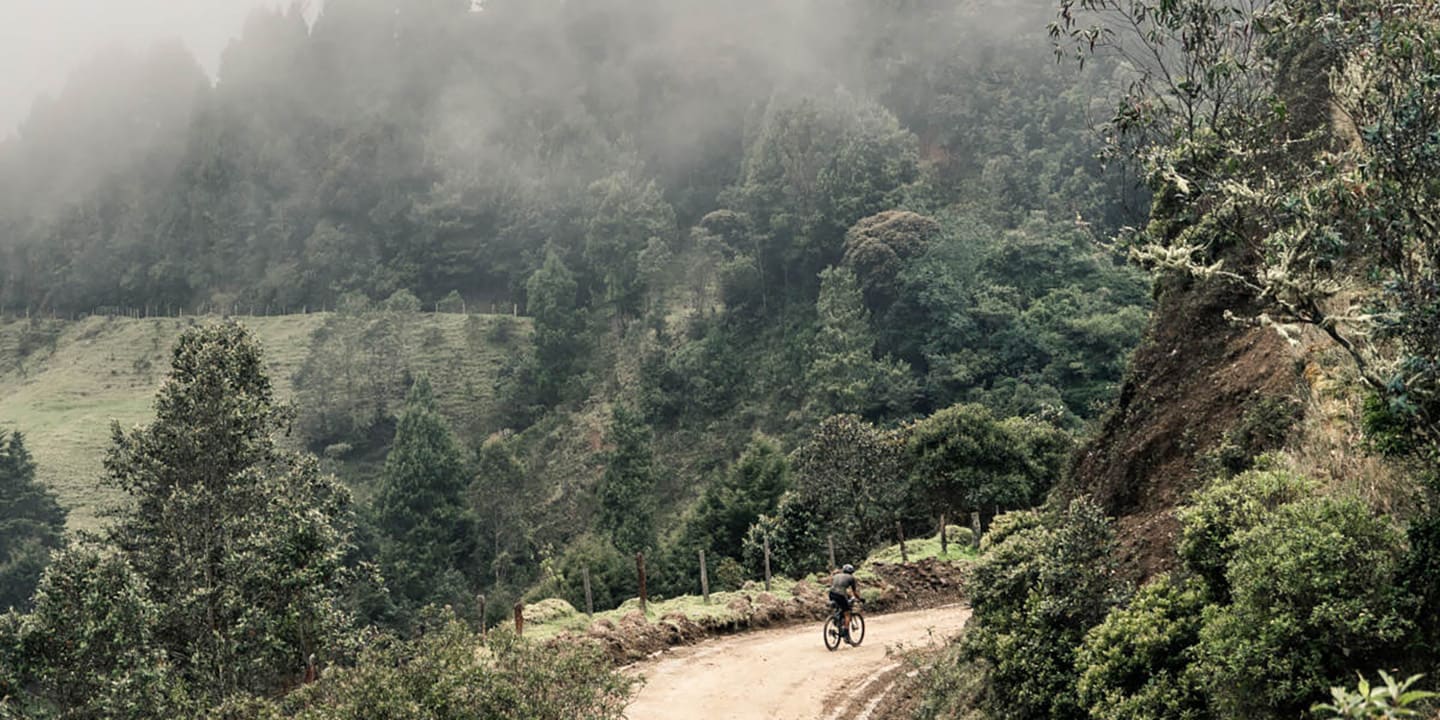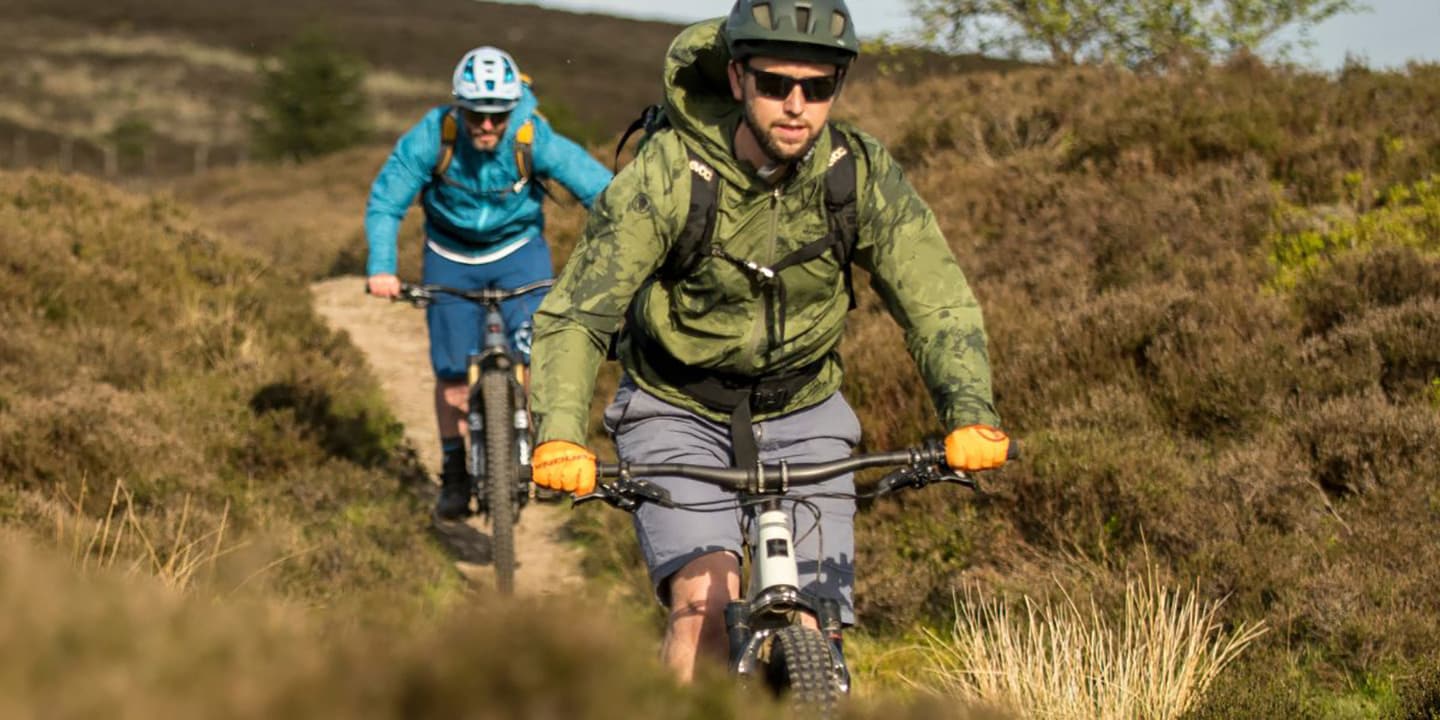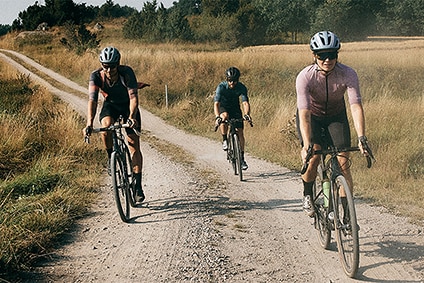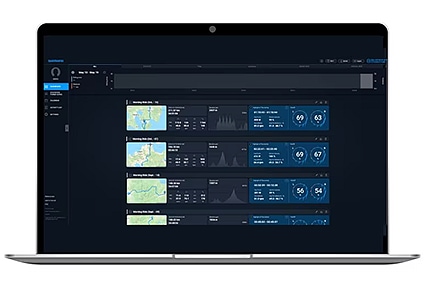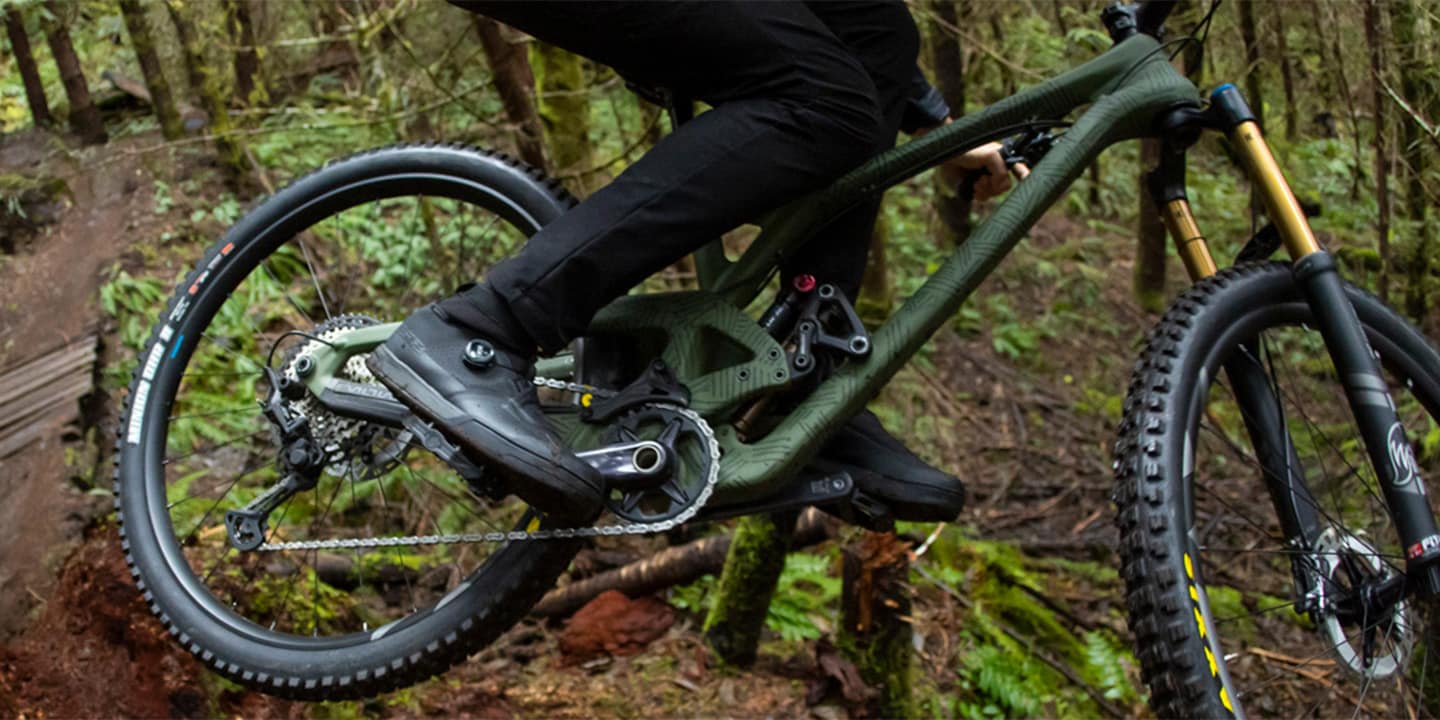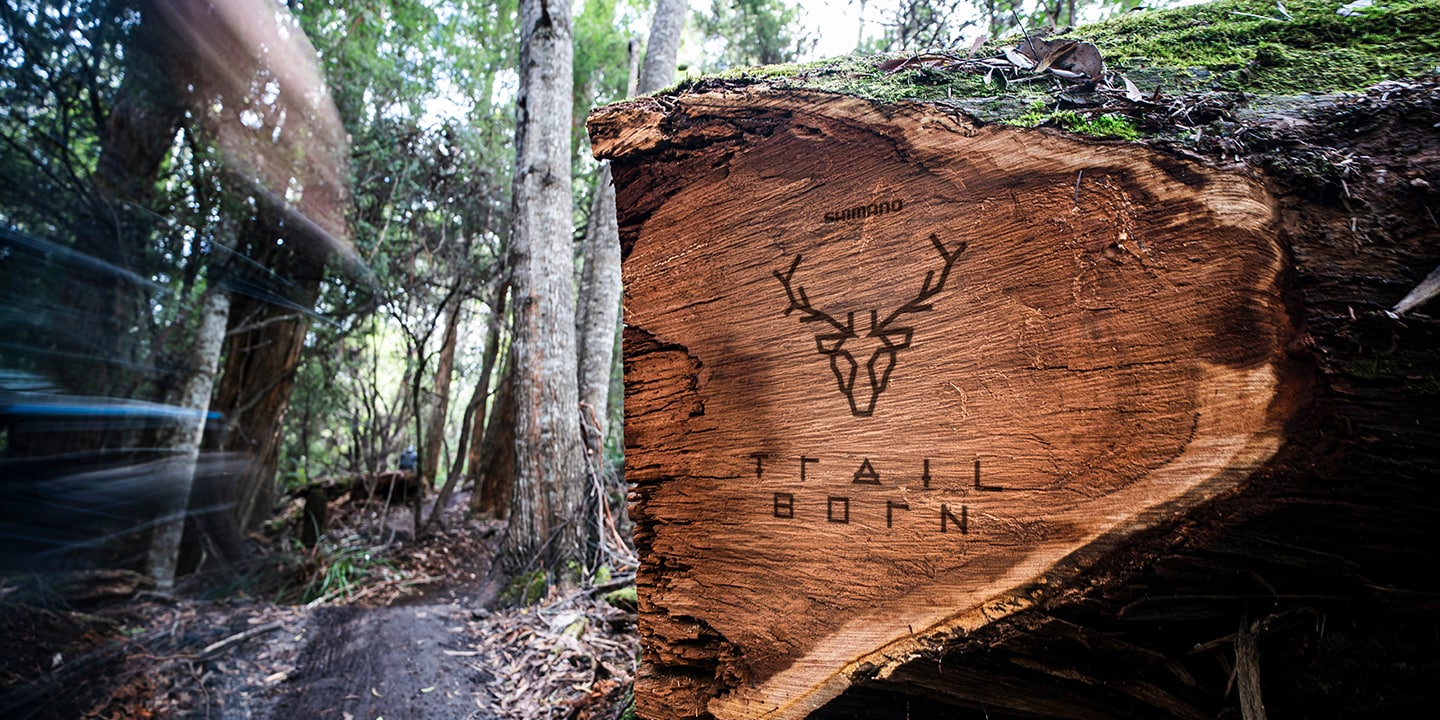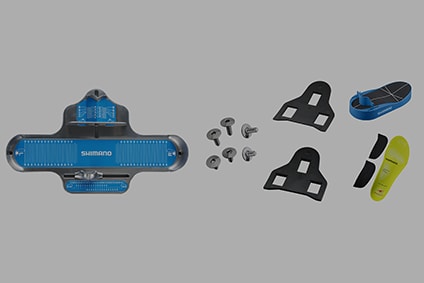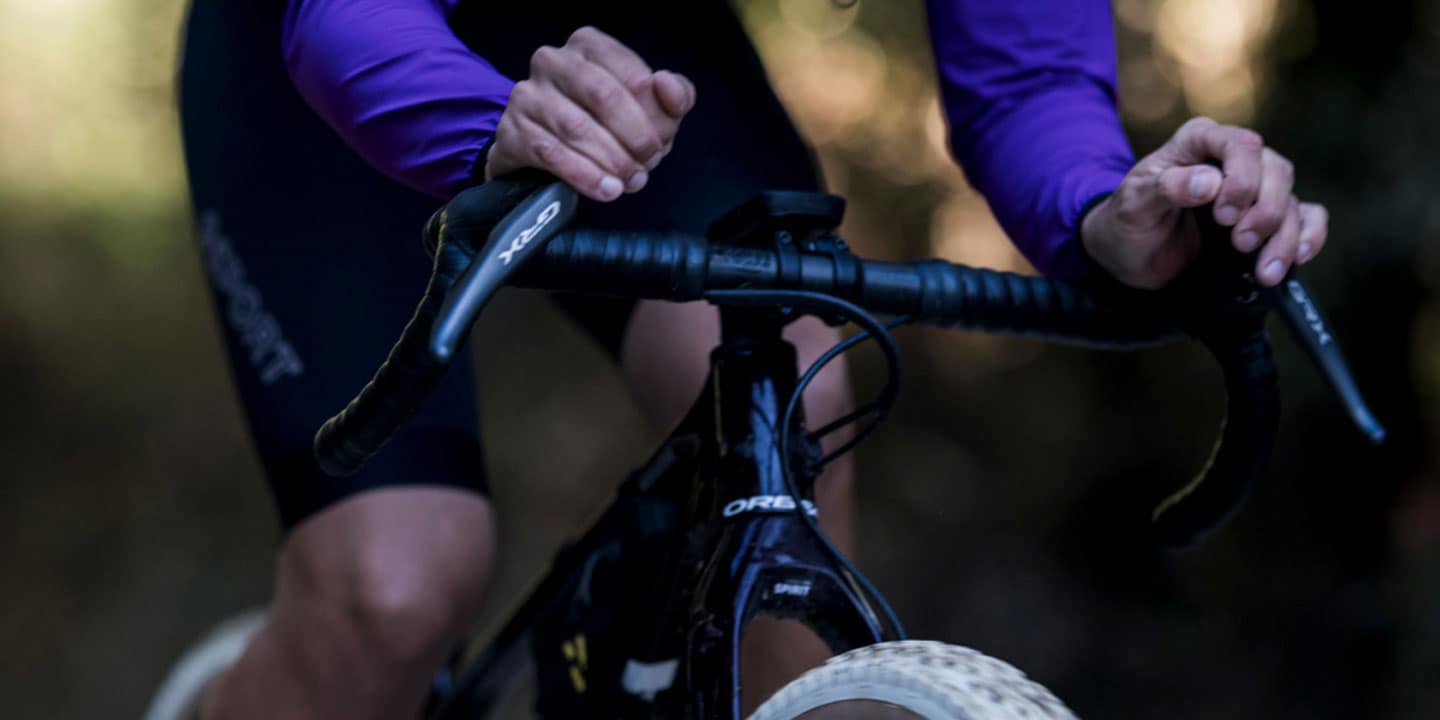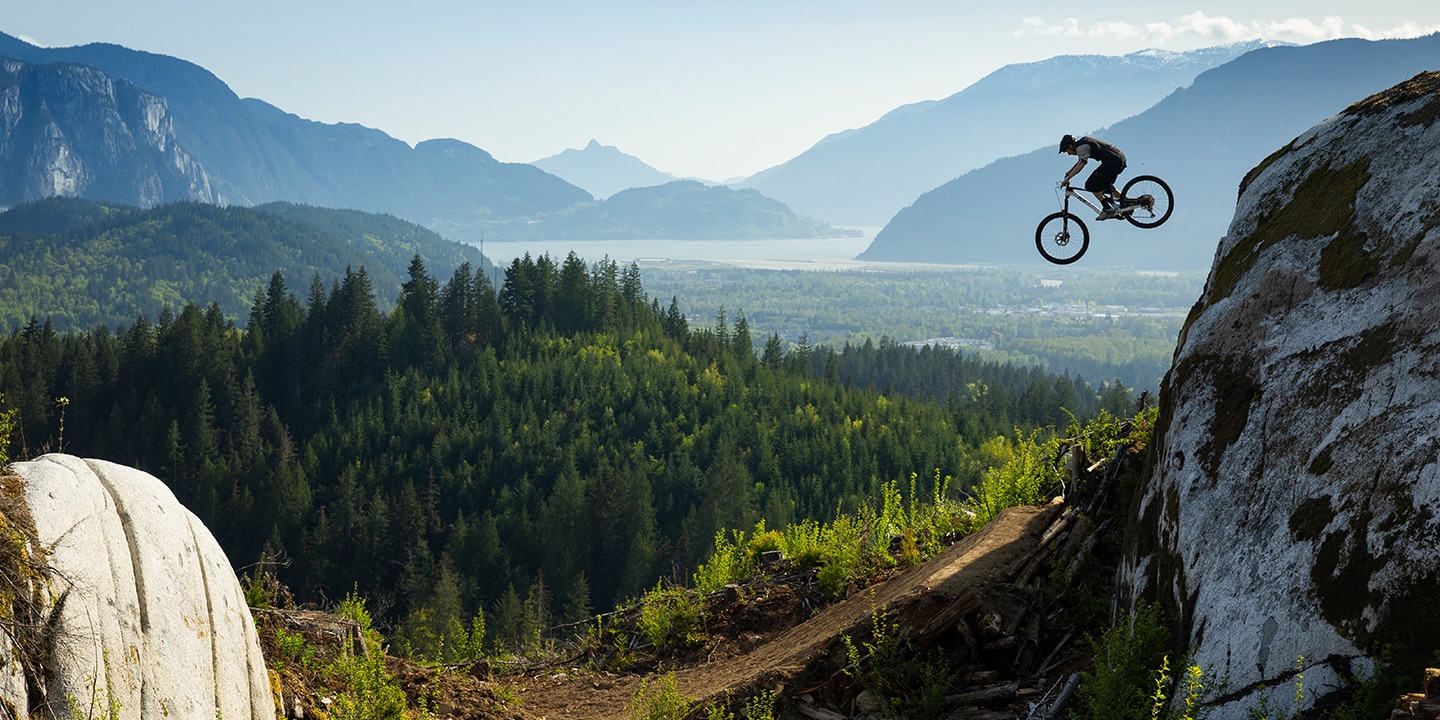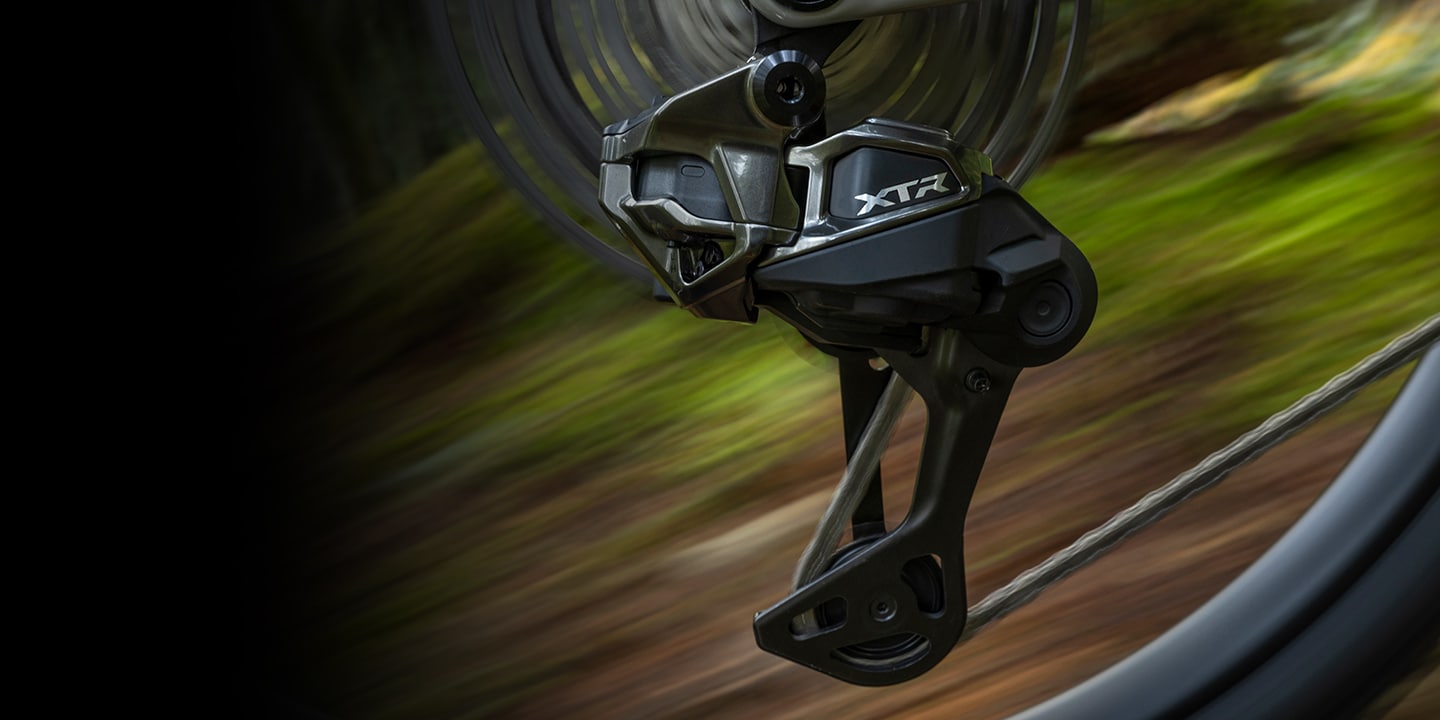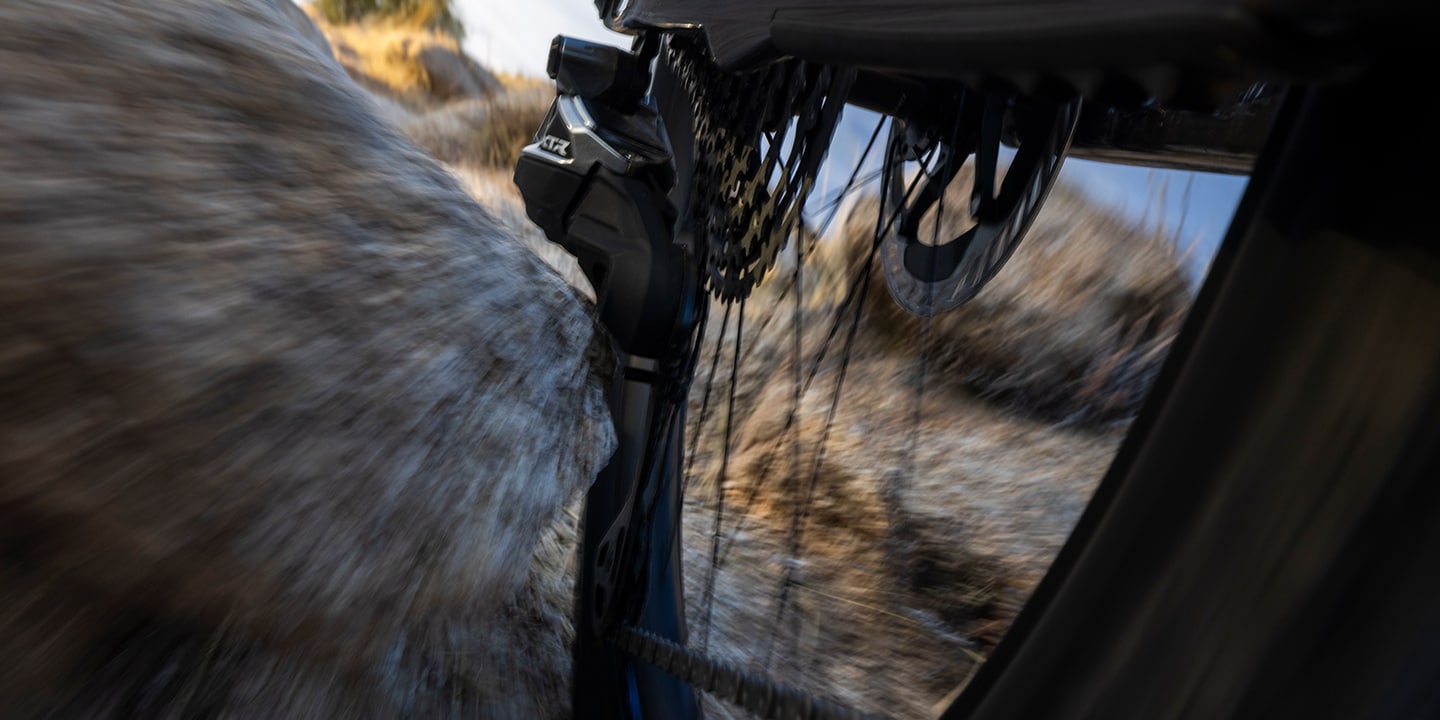The XTR groupset comes with even more lightweight materials, such as titanium and carbon. This is primarily reflected in the premium design and lower weight (see table). Some riders choose an XTR rear derailleur for its stiffer cage, resulting in more defined and crisp shifting.
There are also small differences in terms of product range between the groupsets. For example, for XTR, there are different cranks available for XC and Enduro.
Overall, the XTR groupset has more options, for example, two brake lever designs. One of the brake lever designs requires a small Allen key to modify the distance to the grip; the other does not require a tool. The design without a tool requirement has functional advantages, but this advantage is compromised by a few more grams of weight.
Other differences concern the cassettes. The increments 10-45 T and 10-51 T may be the same in both groupsets, but XTR features, in addition to four steel sprockets and three aluminum sprockets, five sprockets made of lightweight titanium, which take more than 100 g off the total weight compared to XT.
The smallest chainring for an XT drivetrain is 28 and 30 for XTR. In turn, the largest chainring for XTR comes with 38 teeth, which is two teeth more than for XT.
These differences are really just nuances, but for some riders they are significant. Everybody can decide for themselves what they prefer.

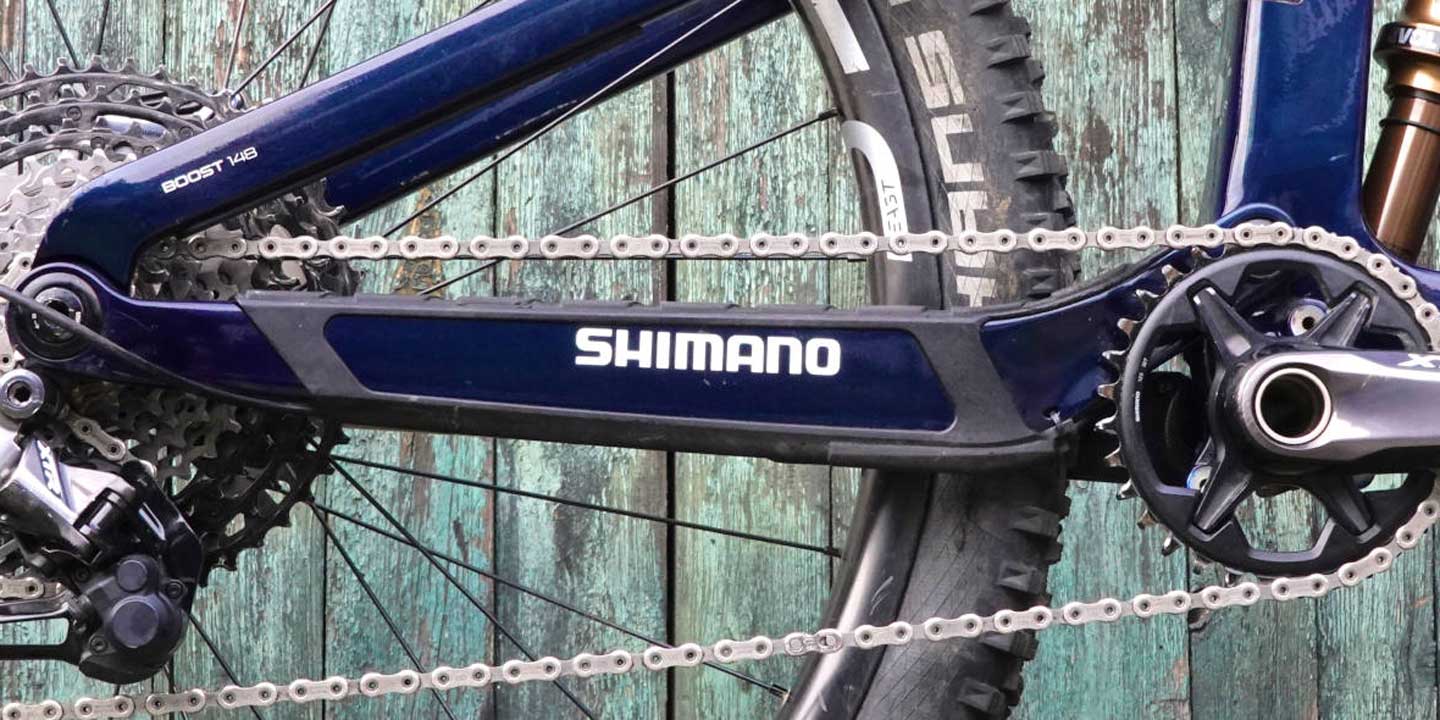
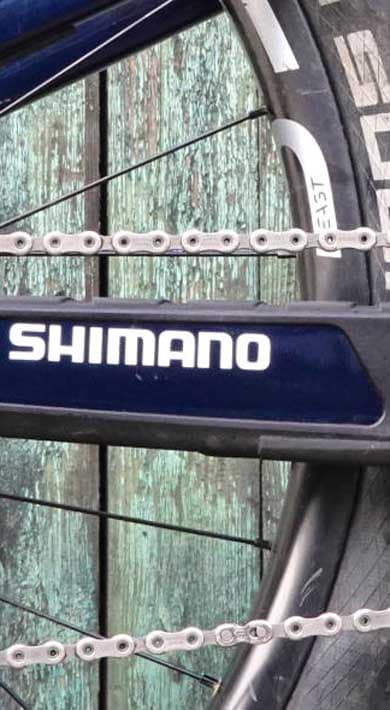

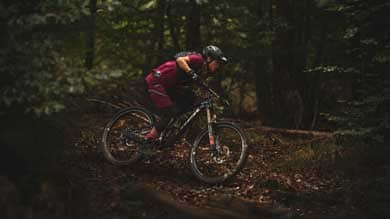
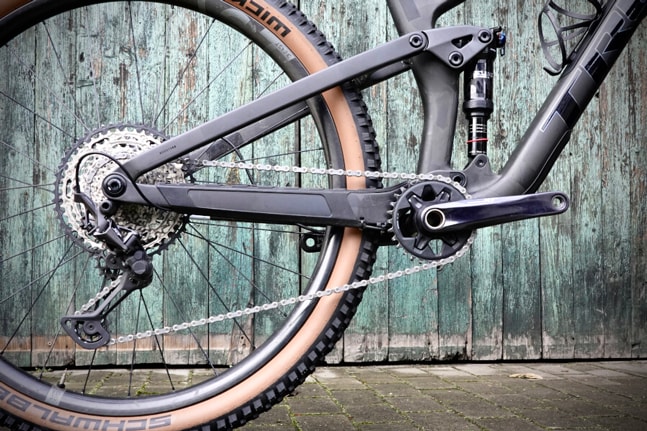





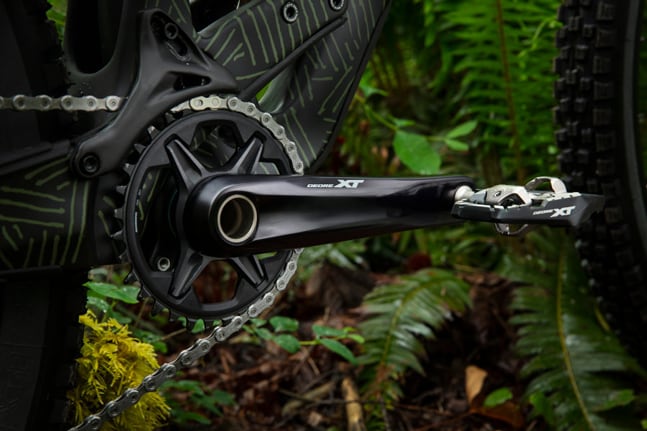


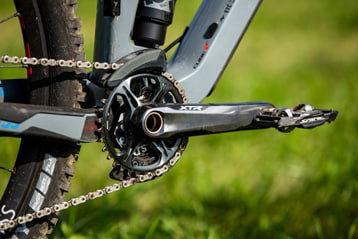

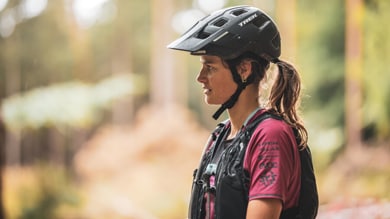













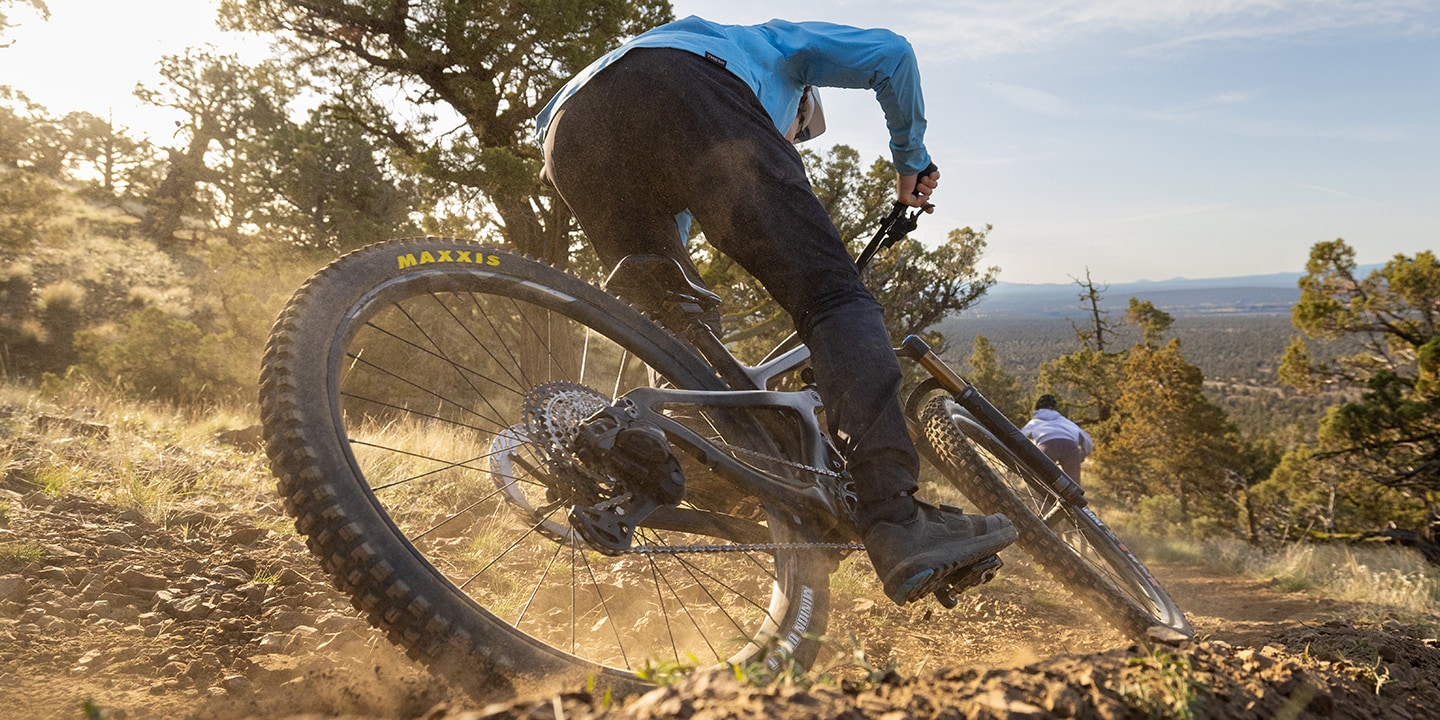


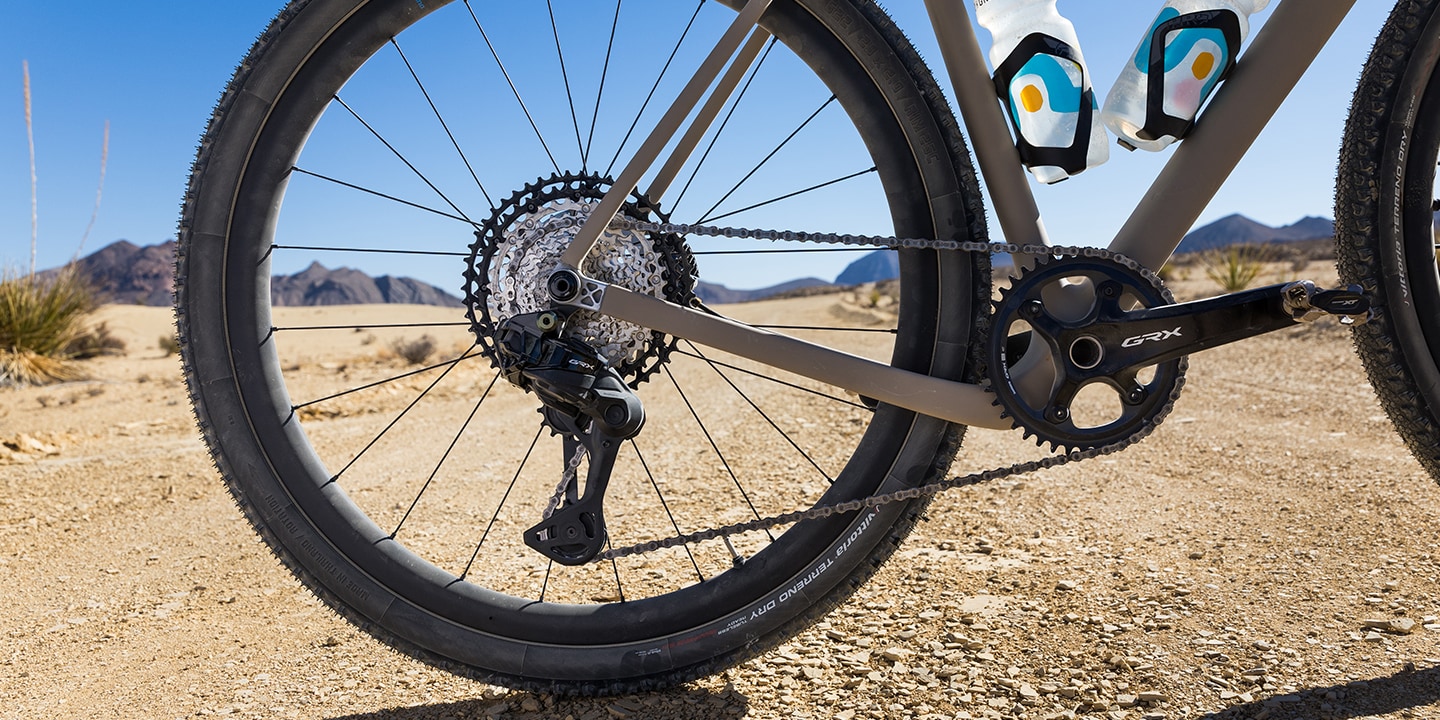

.jpg)
